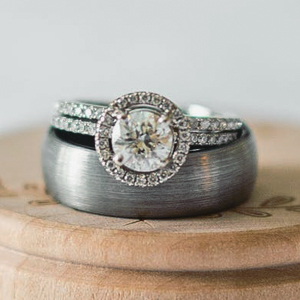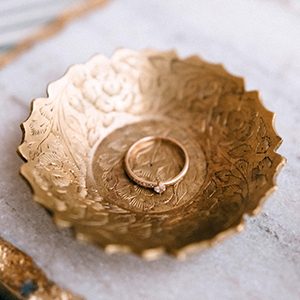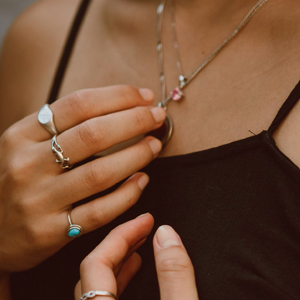Metal Education

Precious metals
An engagement, a wedding, a birthday, a new job, a new addition to the family — whatever is precious to you deserves to be celebrated in precious metal.

Platinum
Platinum is the most expensive of the precious metals but its natural white sheen will never fade or change colour. It’s corrosion resistant, doesn’t tarnish and is hypoallergenic, making it the ideal choice for jewellery. Platinum is particularly popular for engagement rings as its lustrous silver appearance accentuates the sparkle and brilliance of diamonds.

Gold
Since time began, people have fallen in love with the allure of gold. When we think of gold we picture the deep yellow of the raw mineral but gold actually comes in a wide range of colours, broadly defined as white, rose and classic yellow. Because it is much too soft to wear without damaging it, all gold used to make jewellery is alloyed with other metals and this is what creates the different colours.

Silver
Pure silver is light, easily workable and beautiful to look at, but it is also quite a soft metal, so it is usually mixed with another metal such as copper to provide strength. The resulting alloy is known as Sterling Silver and must be at least 92.5% silver. Silver jewellery is often plated with a fine cover of rhodium to give it a bright white finish.

Other metals
Phenix also offers a range of more contemporary metals including stunningly beautiful alloys like Tungsten and Cobalt and the naturally occurring inert metal Tantalum with its distinctive finish. Ask your Phenix jeweller about precious metal alternatives and make a bold, original choice.
